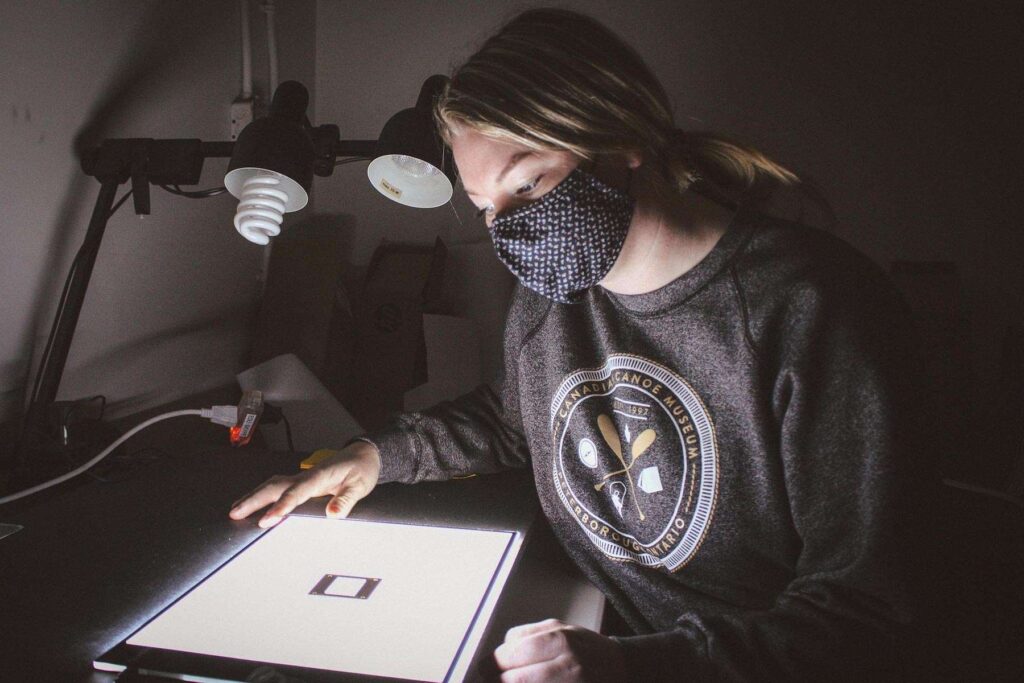
At The Canadian Canoe Museum (CCM), each watercraft carries a story of how it came into the collection. A Haida dugout canoe, housed at the Museum, has a particularly heartfelt journey.
In September 2020, before being selected as CCM Exhibits Project Coordinator, I began an internship at the CCM as a Fleming College Museum Management and Curatorship student. Prior to interning, I volunteered and worked at the Museum in different capacities, mainly greeting visitors and introducing them to the galleries upon arrival. My internship was the first opportunity I had to work in the curatorial department and with collection records. My work as Exhibits Project Coordinator sparked an interest in learning more about the Museum’s one-of-a-kind collection. Behind every canoe is a responsibility to care for the stories and teachings that hide beneath cracked cedar and worn gunwales.
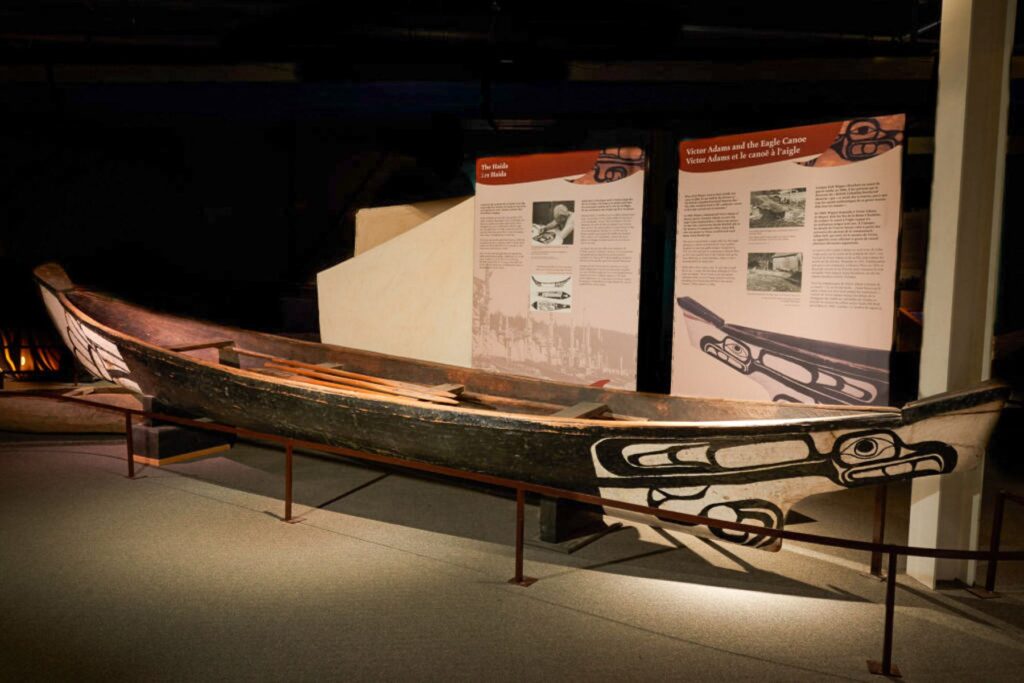
During my internship, I digitized over 400 35mm slides gifted to the CCM by Claude Cousineau – a long-time CCM supporter and member of the Museum’s National Council. In the 1970s, Cousineau ventured west with collection founder, Kirk Wipper, to pick up and transport a Haida dugout canoe (“the Eagle canoe”) from Massett, Haida Gwaii, to Camp Kandalore in Ontario (where the original collection was housed). Wipper had commissioned artist and fisherman Victor Adams of Old Massett/Gaw Tlagee, Haida Gwaii, to build a canoe that would later become the first accessioned artifact in the Museum’s collection. Cousineau’s 2019 donation included photographs of Adams’ daughter, Alice Montjoy painting the Haida canoe and the canoe in Pacific waters. In addition to digitizing slides, I worked with the Haida Gwaii Museum’s Collections Manager and Archeologist, Sean Young. Young provided support by meeting with our team virtually and helping to guide the project.
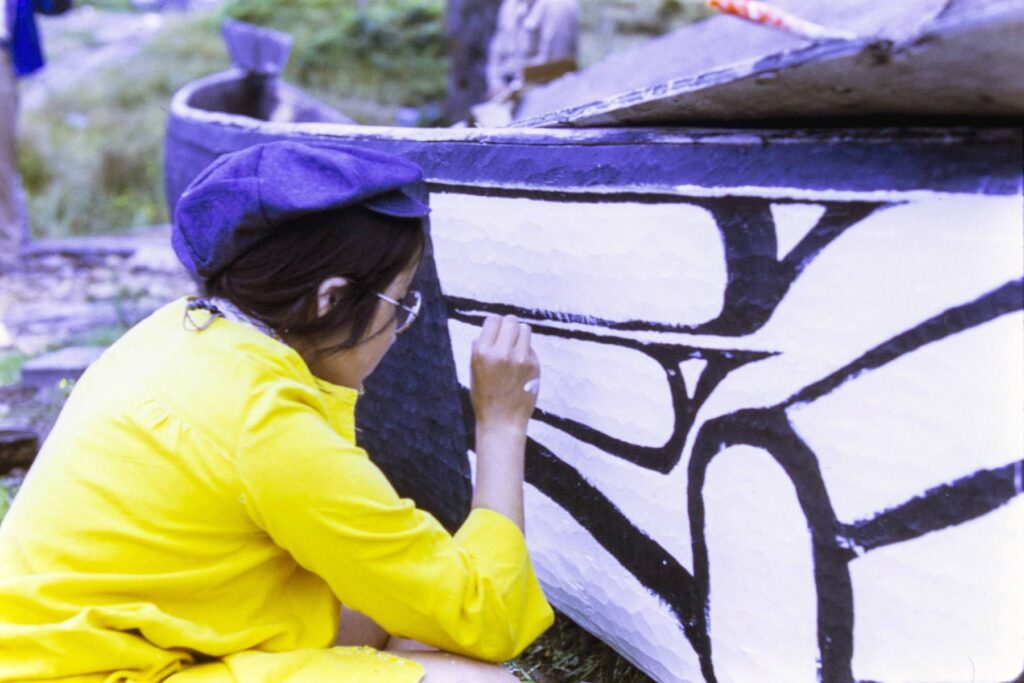
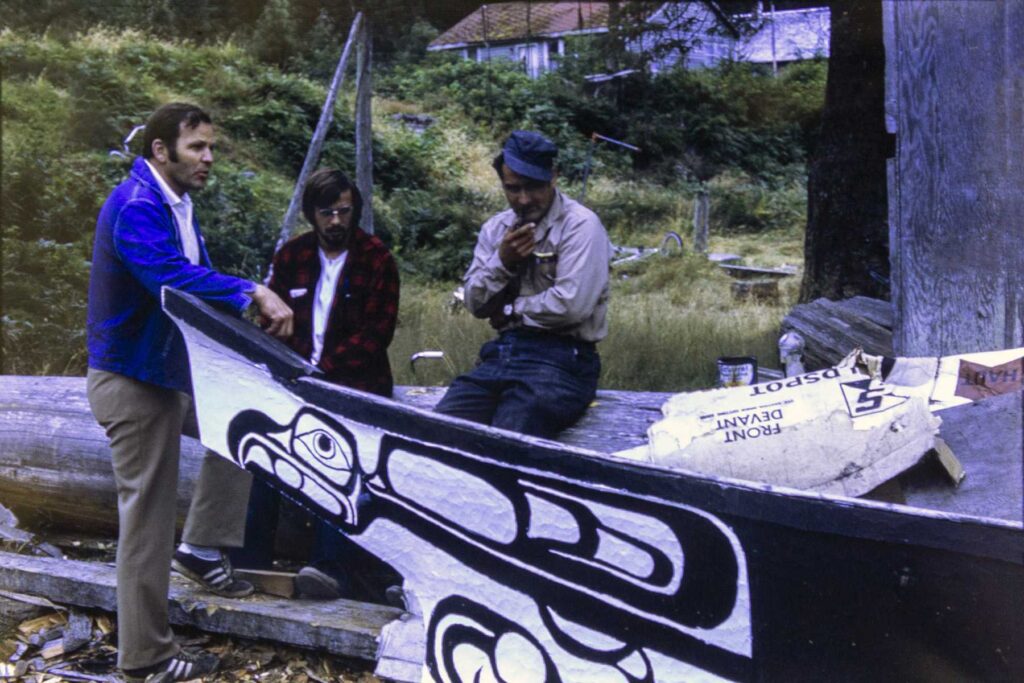
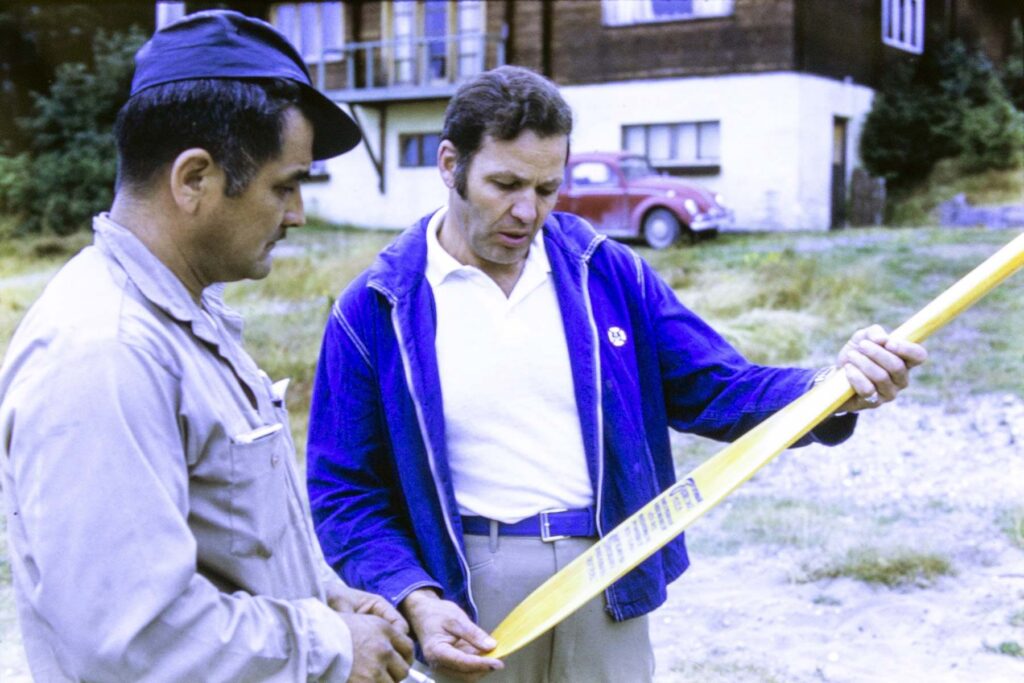
Victor Adams carved this canoe at a turning point in Haida history when knowledge of canoe making hung on a slender thread after a century of foreign disease and colonization. In 1986, nearly fifteen years after Victor Adams carved the Eagle canoe, renowned Haida carver Bill Reid carved ‘Lootaas,’ a Haida dugout canoe known as ‘The Wave-Eater.’ Haida people have worked hard to strengthen cultural knowledge since around the time the Eagle canoe was commissioned.
Since the digitization project, The Canadian Canoe Museum has provided the Haida Gwaii Museum and Victor Adams’ family members with copies of the photographs for family and community use. As the CCM exhibits project development progressed, our work with people on Haida Gwaii has taken place mainly by Zoom. However, in November 2021, I ventured out to Haida Gwaii along with our Exhibits Project Manager, Dr. Laura Peers. I volunteered at the Haida Gwaii Museum and met with some of Victor Adams’ children, who shared memories of the canoe being carved.
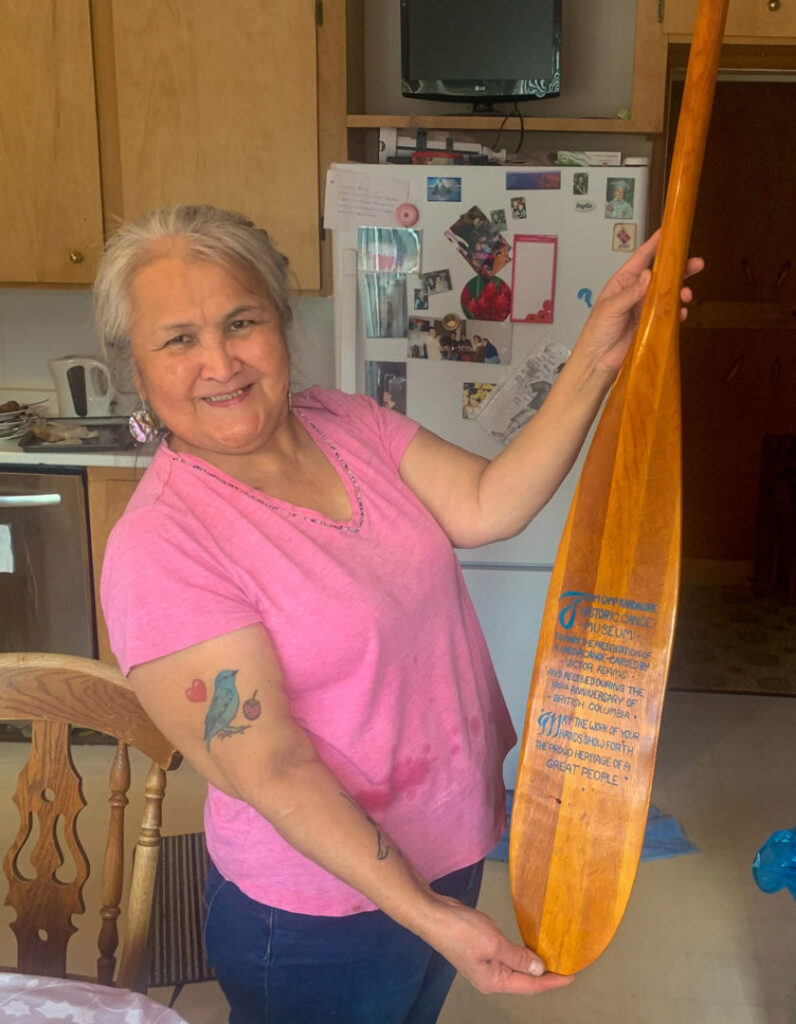
It has been over fifty years since Victor Adams finished carving the Eagle canoe, yet its story remains powerful. I went to Haida Gwaii expecting the lands and waters to be the most beautiful thing I would encounter. After leaving and reflecting on my time there, I now realize that the beautiful scenery came second to the people I was fortunate enough to meet.
Both myself and The Canadian Canoe Museum look forward to working with Haida people more and developing a better understanding of how to care for this canoe in a good way.
The Canadian Canoe Museum would like to thank The Haida Gwaii Museum for their continual support and guidance in initiating and continuing this project. Haawa! Chi’Miigwech! Thank you!

This blog post was written by MJ (MaryJane) Proulx.
MJ’s position and The Canadian Canoe Museum’s Indigenous Languages Program are generously funded by TD Bank Group (TD) through its corporate citizenship platform, the TD Ready Commitment.
Thanks to this funding, the Museum is working with Indigenous knowledge-holders across Canada to ensure that their perspectives and voices will be an integral part of the exhibitions for the new museum building.






